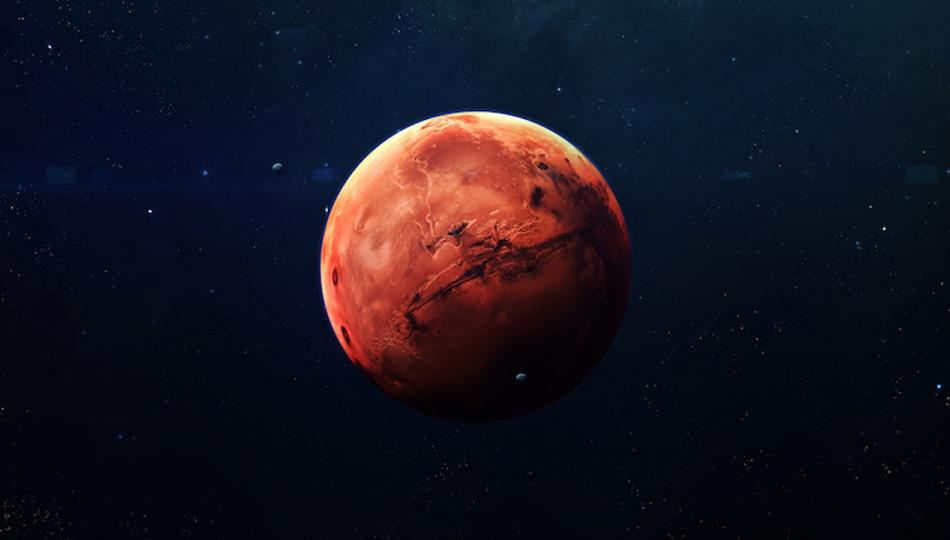Methane in the Martian atmosphere and organic chemicals in its soil are the latest tantalizing disclosures of NASA’s Mars Curiosity rover as it chases for hints about the chance of extraterrestrial life.
NASA scientists said Curiosity found irregular blasts of methane, a gas that is unequivocally attached to life on Earth, in the atmosphere around its landing site in the red planet’s Gale Crater. The rover also has found organic chemicals in the Martian soil, the scientists said at a webcast press conference at the American Geophyscial Union conference in San Francisco. NASA’s Jet Propulsion Laboratory in California gave a press release saying the rover measured “a tenfold spike” in methane in the atmosphere around it, and perceived other organic molecules in a sample gathered by an automated drill. “There are many potential sources, biological or non-biological, similar to interaction of water and rock,” Sushil Atreya of the University of Michigan, Ann Arbor, a member of the Curiosity rover science team, said in the press release.
The latest disclosures join more than two years of data gathered by the rover since its sky-crane landing inside Gale Crater in August 2012. Last week, scientists said they had found that billions of years ago, a lake filled the 96-mile-(154-km) wide crater being investigated by Curiosity. This finding was another sign that Mars, the planet most like Earth in the solar framework, was once suitable for microbial life. Before long landing, Curiosity found that Mars once had the chemical ingredients and the environmental conditions expected to help microbial life, satisfying the primary goal of its mission.
The rover, which has traveled around 5 miles (8 km) since landing on Mars, has been investigating an area known as Mount Sharp where rocks have been found containing water-deposited buildup, to learn if the life-friendly environments actually existed long enough for life to create. “We will keep on dealing with the conundrums these revelations present,” said John Grotzinger, Curiosity project scientist at the California Institute of Technology in Pasadena. Curiosity participating scientist Roger Summons of the Massachusetts Institute of Technology said: “The challenge as of now is to find various rocks on Mount Sharp that may have extraordinary and more broad inventories of organic compounds.”
